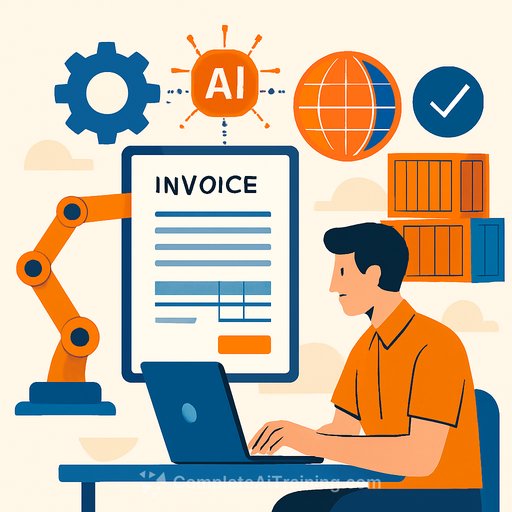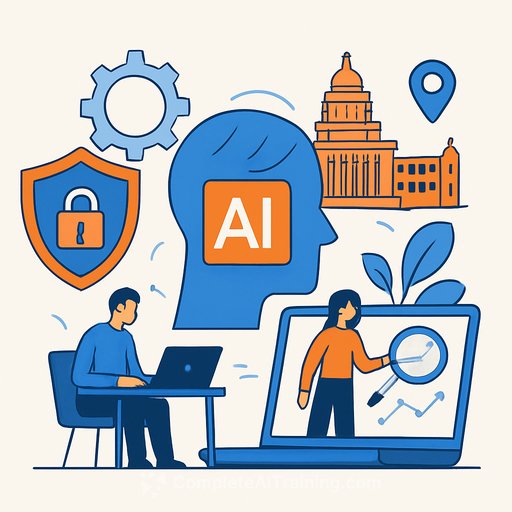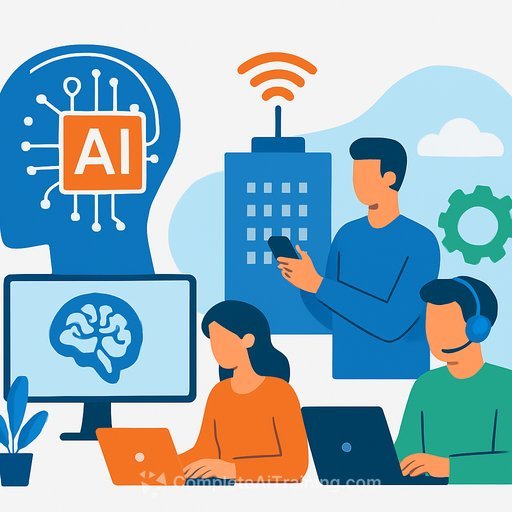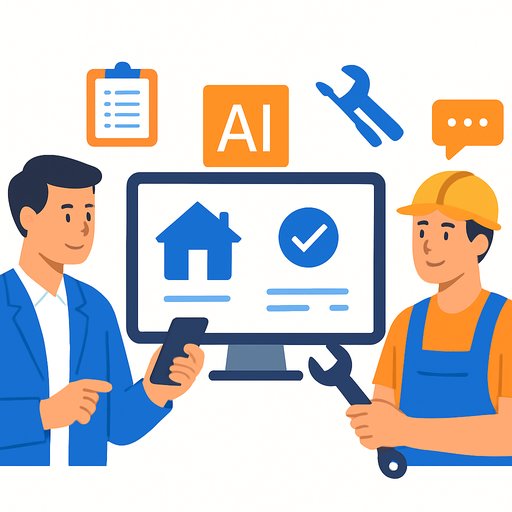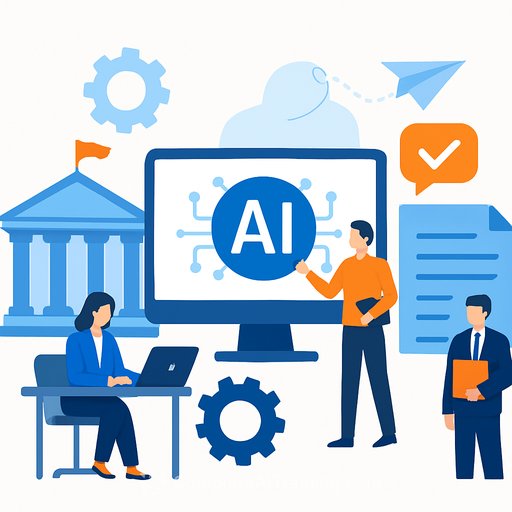Global Logistics Companies and AI in Invoice Processing
Logistics companies worldwide handle vast numbers of transactions daily, making accurate and efficient invoice processing crucial. Manual methods struggle with diverse invoice formats, errors, and delays, impacting operations and costs. One major logistics firm tackled these challenges by adopting AI technologies—combining Natural Language Processing (NLP), Optical Character Recognition (OCR), and Robotic Process Automation (RPA)—to automate invoice workflows.
Partnering with an AI development company, this initiative cut processing time by 70%, boosted accuracy, and integrated smoothly with existing ERP systems.
Key Invoice Processing Challenges Faced by the Logistics Company
- Handling over 150,000 invoices monthly in multiple formats, languages, and layouts.
- Labour-intensive extraction from unstructured documents causing bottlenecks.
- Delays from manual validation and approval cycles.
- Lack of standardisation across regions and vendors.
- Integration difficulties with legacy ERP platforms.
- Poor visibility into invoice status and payment tracking.
The company needed a scalable, secure AI solution that improved efficiency without disrupting existing ERP workflows.
AI-Driven Solution Overview for Streamlining Invoice Processing
The AI-powered invoice automation solution centered on these technologies:
- OCR (Optical Character Recognition): Automatically capturing data from scanned invoices, PDFs, and email attachments.
- NLP (Natural Language Processing): Extracting and classifying key invoice details like vendor data, line items, tax codes, and payment terms.
- RPA (Robotic Process Automation): Validating data against business rules and managing approvals with minimal human input.
- ERP Integration: Seamless data transfer into SAP ERP with real-time updates.
- Analytics Dashboard: Providing end-to-end visibility on cycle times, errors, and costs.
How AI Technologies Were Implemented for Invoice Automation
The solution prioritized scalability, security, and high performance:
- OCR Engine: Deep learning models trained on diverse invoice formats achieved over 95% character recognition accuracy through advanced image processing and supported multiple languages.
- NLP Pipeline: Used entity recognition to identify invoice numbers, payment dates, and vendor references. It combined rule-based checks with machine learning and improved continuously with feedback loops.
- RPA Bots: Automated data entry, approvals, and exception handling. Bots flagged anomalies like mismatched totals for human review and operated round-the-clock to eliminate time zone delays.
- ERP and API Integration: A secure middleware layer with REST APIs enabled bi-directional data exchange, ensuring compliance with GDPR and ISO 27001 security standards.
Business Outcomes and Key Measurable Benefits
- Invoice processing became 70% faster, cutting average handling time from 15 minutes to 4 minutes.
- Data extraction accuracy reached 90%, validated on 5,000 test invoices.
- Operational costs dropped by 40%, thanks to reduced manual workloads.
- 24/7 bot availability eliminated backlogs over weekends and holidays.
These improvements led to quicker payment approvals, fewer disputes, and enhanced visibility into financial operations through real-time reporting.
Broader Impact of AI in Logistics Operations
This success is part of a wider adoption of AI in logistics, including:
- Document Automation: Digitising customs forms and bills of lading.
- Predictive Maintenance: Forecasting equipment failures to minimise downtime.
- Demand Forecasting: Using machine learning to optimise inventory and warehouse use.
- Route Optimisation: Leveraging AI for efficient delivery planning.
Role of the AI Development Company
The AI partner contributed by:
- Custom-training OCR and NLP models to handle multilingual invoice formats.
- Developing adaptable RPA bots to keep up with changing invoice templates.
- Conducting continuous improvements with re-training based on live data feedback.
- Ensuring smooth integration with SAP ERP while maintaining compliance and security.
Technical Architecture Overview
- Data Ingestion Layer: OCR pipelines digitising incoming documents.
- AI Processing Layer: NLP models classifying and extracting invoice fields.
- Automation Layer: RPA bots handling rule-based approvals.
- Integration Layer: Secure APIs and middleware connecting to ERP.
- Analytics Layer: Dashboards tracking key metrics like accuracy and cycle times.
Data Security and Compliance
- Encryption: AES-256 for data at rest and TLS 1.2+ for data in transit.
- Access Control: Role-based management to restrict data access.
- Audit Logs: Full logging of automated activities for transparency.
- Regulatory Compliance: Practices aligned with GDPR and ISO 27001 standards.
Planned Enhancements and Future AI Initiatives
The company aims to expand AI capabilities by:
- Adding predictive analytics for cash flow management.
- Applying computer vision to process handwritten invoices.
- Integrating voice AI to handle supplier queries.
- Automating other document types like purchase orders and credit notes.
Final Insights on AI in Logistics Operations
By leveraging AI for invoice processing, the logistics company turned a manual, error-prone task into a streamlined, accurate, and scalable system. The combination of NLP, OCR, and RPA, along with strong ERP integration, significantly improved efficiency and cut costs. Collaborating with a specialist AI developer ensured technical expertise, compliance, and a future-ready setup.
Operations professionals interested in AI-driven automation can explore practical AI courses and resources at Complete AI Training to build relevant skills.
Your membership also unlocks:

